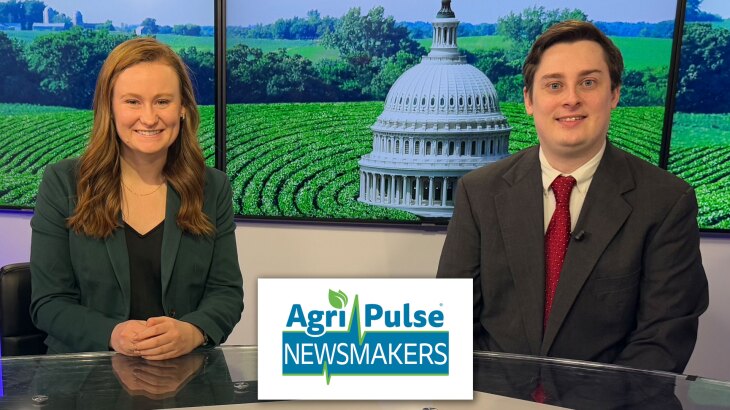The Center for Biological Diversity has developed maps to promote conservation efforts and reduce pesticide use, pinpointing areas critical for safeguarding endangered animals The initiative, reported by AgriPulse, stems from a settlement with the Environmental Protection Agency (EPA), aimed at devising strategies to protect over four dozen endangered species.
Eventually, the Center plans to release maps covering 500 endangered species. The Center emphasizes that the maps are based on current habitat data, providing insights into where endangered animals reside rather than solely relying on historical records.
The project has encountered opposition from certain farming groups who express concerns over the accuracy of the maps. Some argue that the pilot project’s identification of areas for conservation may not align with the actual habitats of endangered species. What, if any, environmental policy changes could stem from these maps is unclear, but the initiative is connected to a plan recently released by the EPA regarding herbicide usage.
The top agriculture news headlines from RFD-TV News today (Friday, March 28, 2025), and the top trending stories on RFD-TV News.
March 28, 2025 03:13 PM
·
Here are the top agriculture news headlines from RFD-TV News today (Wednesday, March 26, 2025) and the top trending stories on RFD-TV News.
March 27, 2025 03:01 PM
·
March 27, 2025 11:05 AM
·
Here are the top agriculture news headlines from RFD-TV News today (Wednesday, March 26, 2025) and the top trending stories on RFD-TV News.
March 26, 2025 03:10 PM
·
Here are the top agriculture news headlines from RFD-TV News today (Friday, March 21, 2025) and the top trending stories on RFD-TV News.
March 21, 2025 01:33 PM
·
Here are the top agriculture news headlines from RFD-TV News today (Thursday, March 20, 2025) and the top trending stories on RFD-TV News.
March 20, 2025 02:48 PM
·
In his latest Firm to Farm blog post, Roger McEowen discusses the new EPA/COE clarifications concerning WOTUS. The new measures have important implications for farmers, ranchers, and rural landowners.
March 17, 2025 01:02 PM
·
Agricultural irrigation return flow exemption and “Maui factors” are the topics of today’s Firm to Farm blog post by RFD-TV ag tax and legal expert Roger McEowen with Kansas’ Washburn School of Law.
March 14, 2025 12:46 PM
·
March 14, 2025 10:34 AM
·













